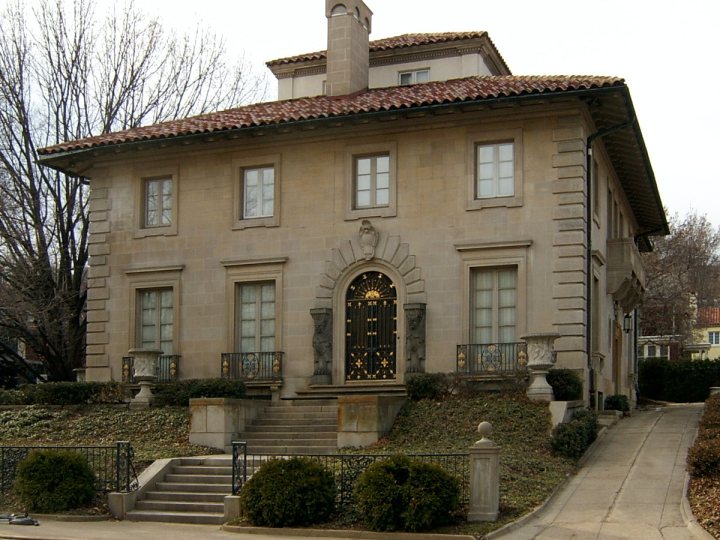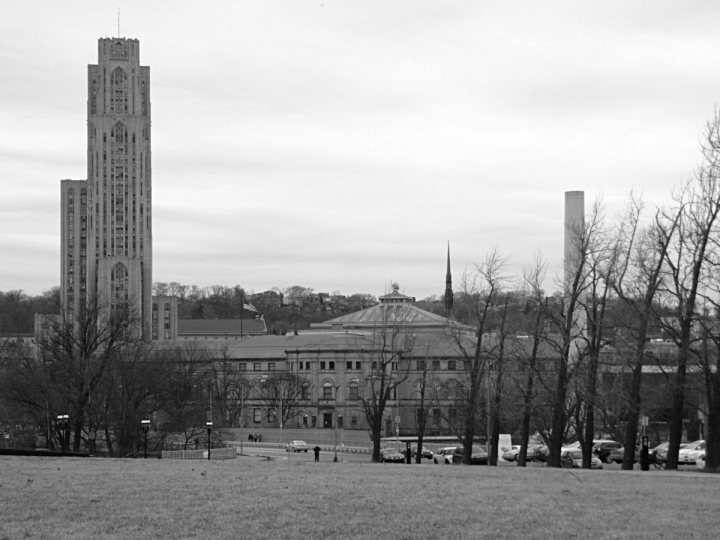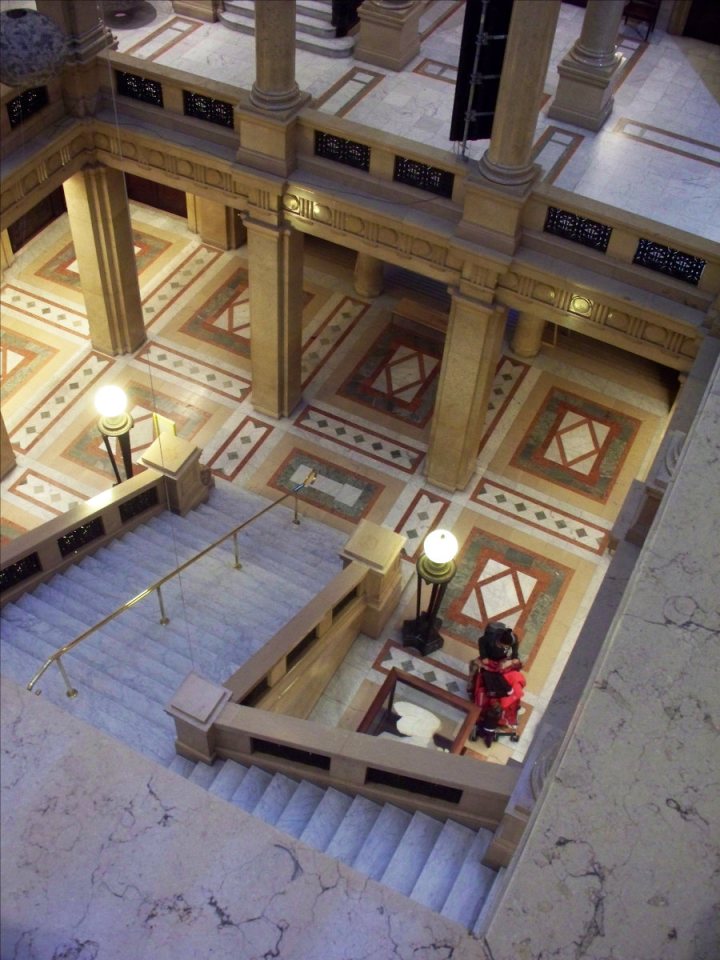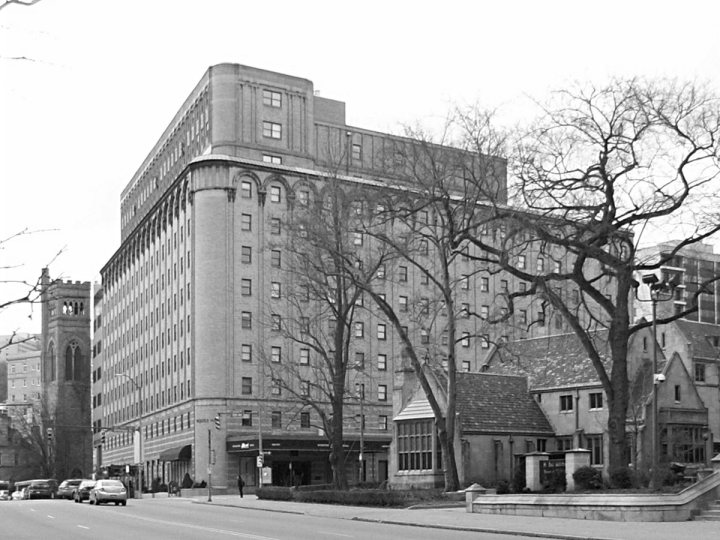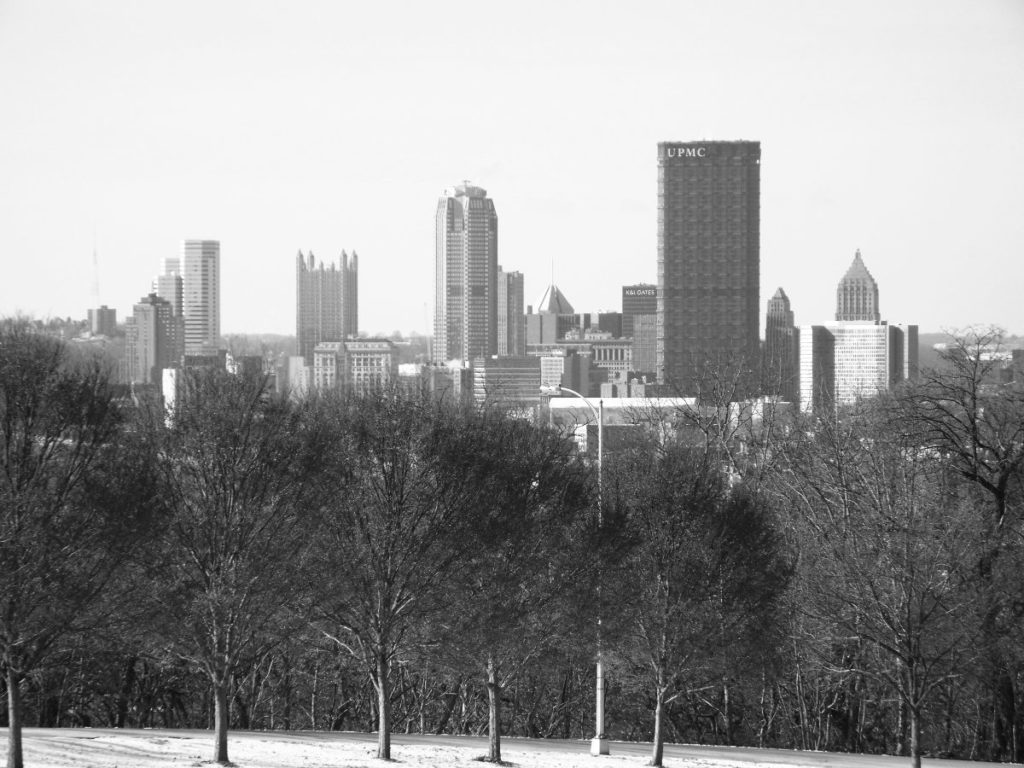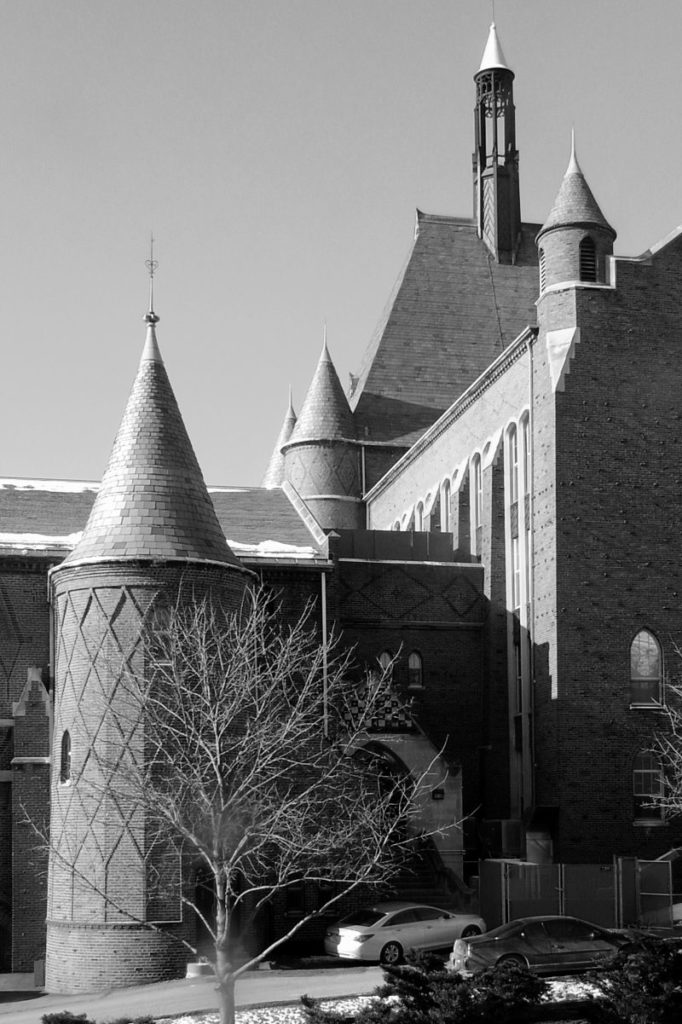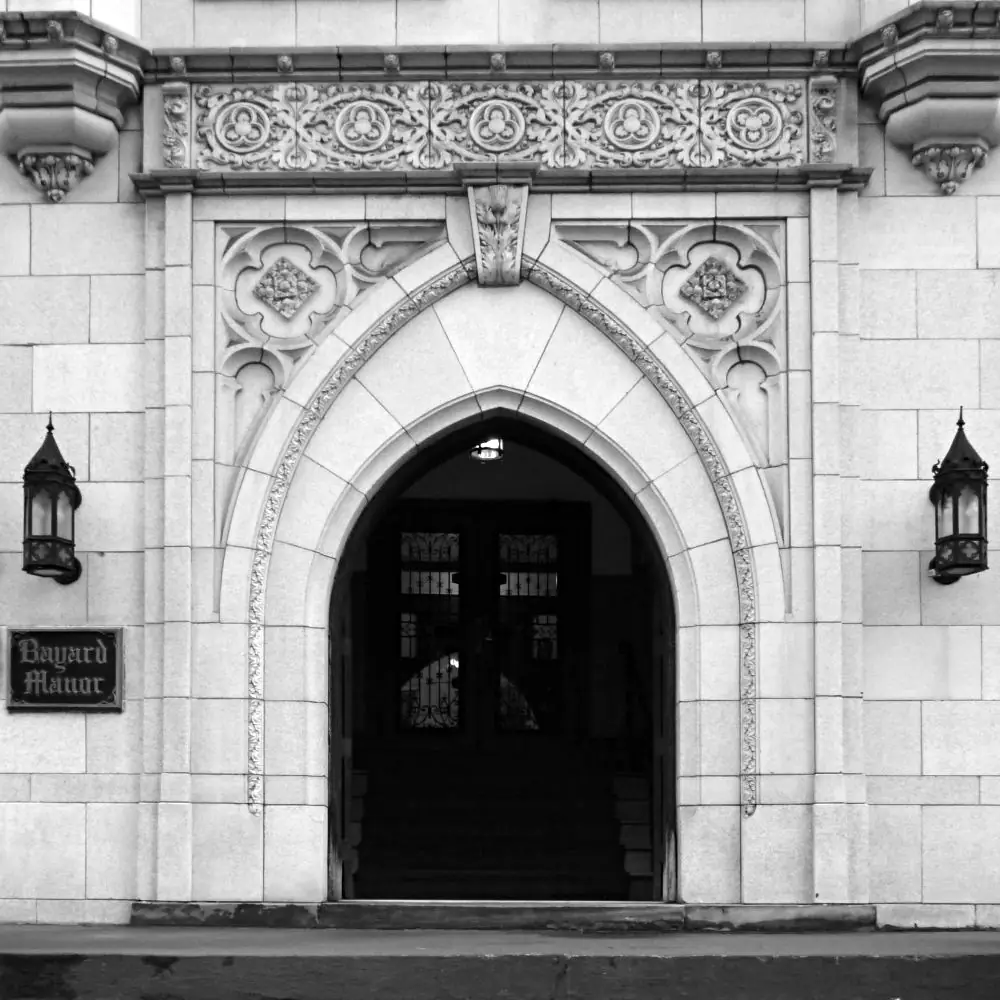Stuck in a corner of the university district in Oakland, Schenley Farms is a delightful surprise. The institutional buildings of the University of Pittsburgh come to a sudden halt, and all at once there are tree-lined streets with century-old houses in a broad but harmonious variety of styles—everything from Italian Renaissance palaces to Tudor mansions to rustic stone cottages.
The streets are named after what the projectors of the neighborhood considered the greatest writers of the modern age. We can still see two of their names in brass in the sidewalk at the intersection of Parkman and Lytton—that’s Francis Parkman, the great American historian, and Lord Lytton, or Edward Bulwer-Lytton, the inspiration for the annual Bulwer-Lytton Fiction Contest.


